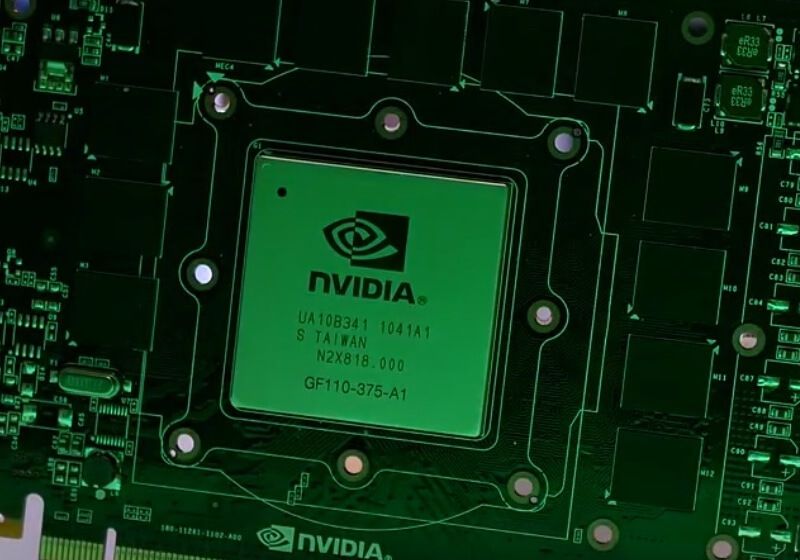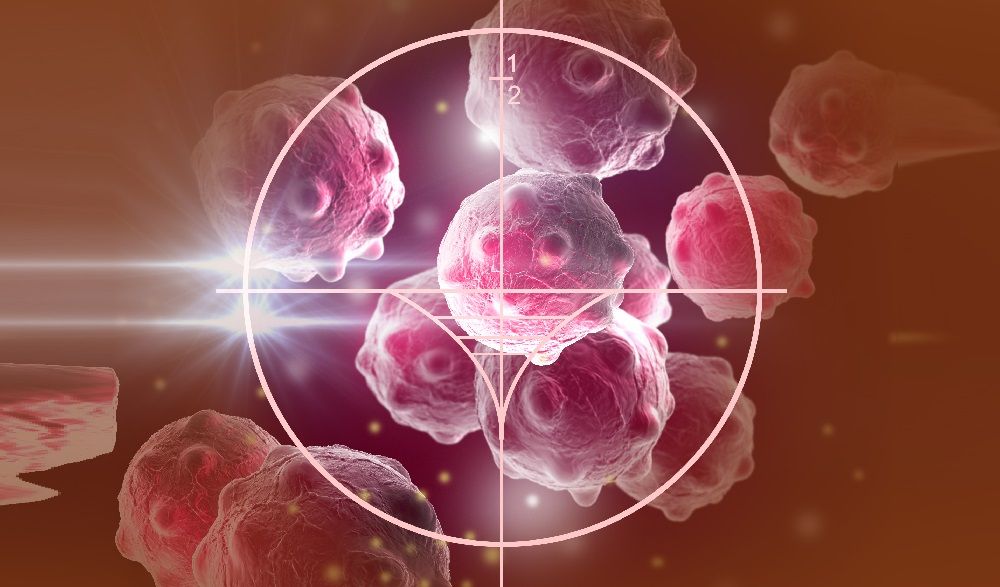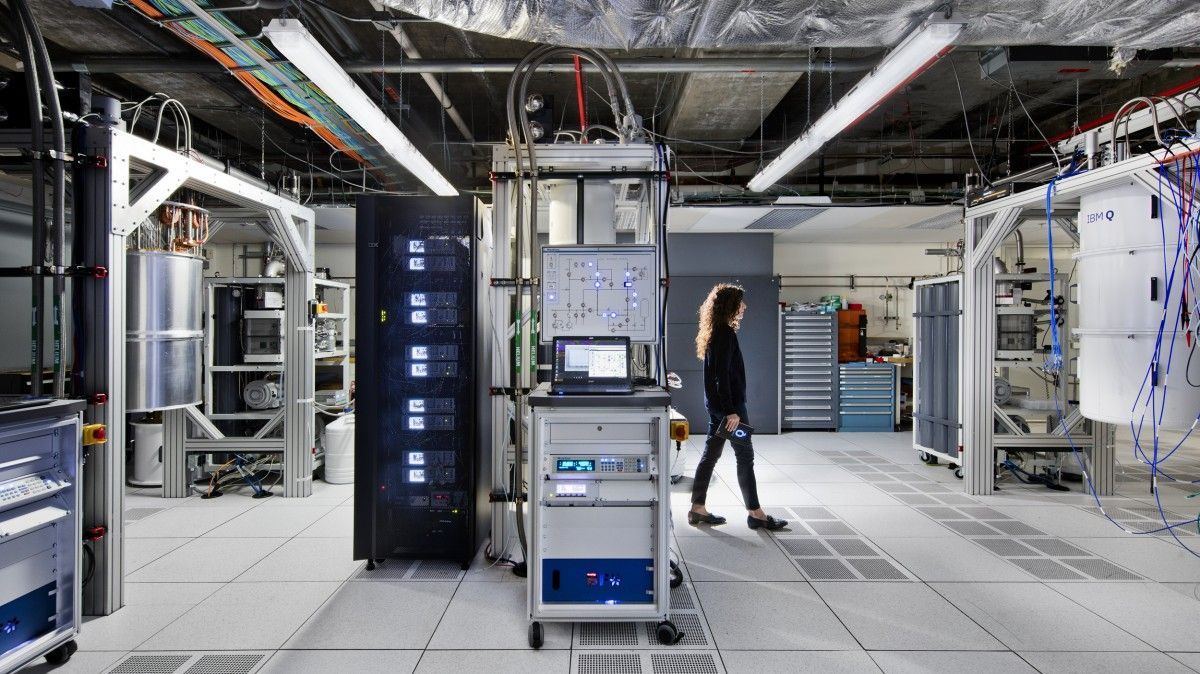Rumors swirled earlier this week suggesting Nvidia was preparing to showcase its next generation of GeForce graphics cards during its GPU Technology Conference (GTC) at the end of the month (or perhaps even during the annual Game Developers Conference a week earlier).
Unfortunately, neither venue will host the big reveal according to a recent report from Tom’s Hardware. Multiple independent sources tell the site that apart from a possible announcement and a vague appetizer, nothing concrete regarding Nvidia’s next-gen gaming hardware is likely to be shared at the shows.
“Rumors that these venues would be the big reveal for Nvidia’s 2018 cards to succeed its current Pascal lineup should be put to rest,” the site advises.







